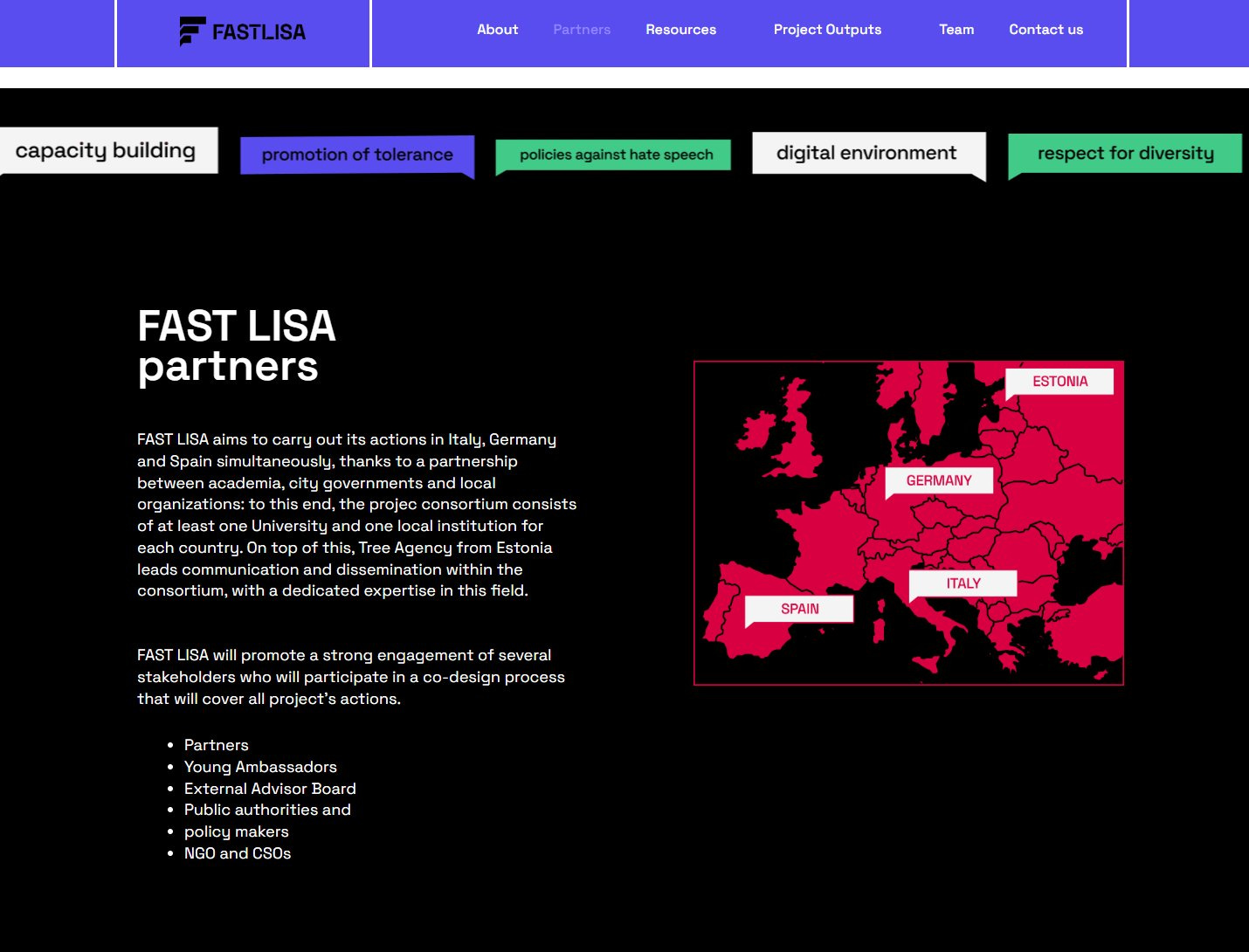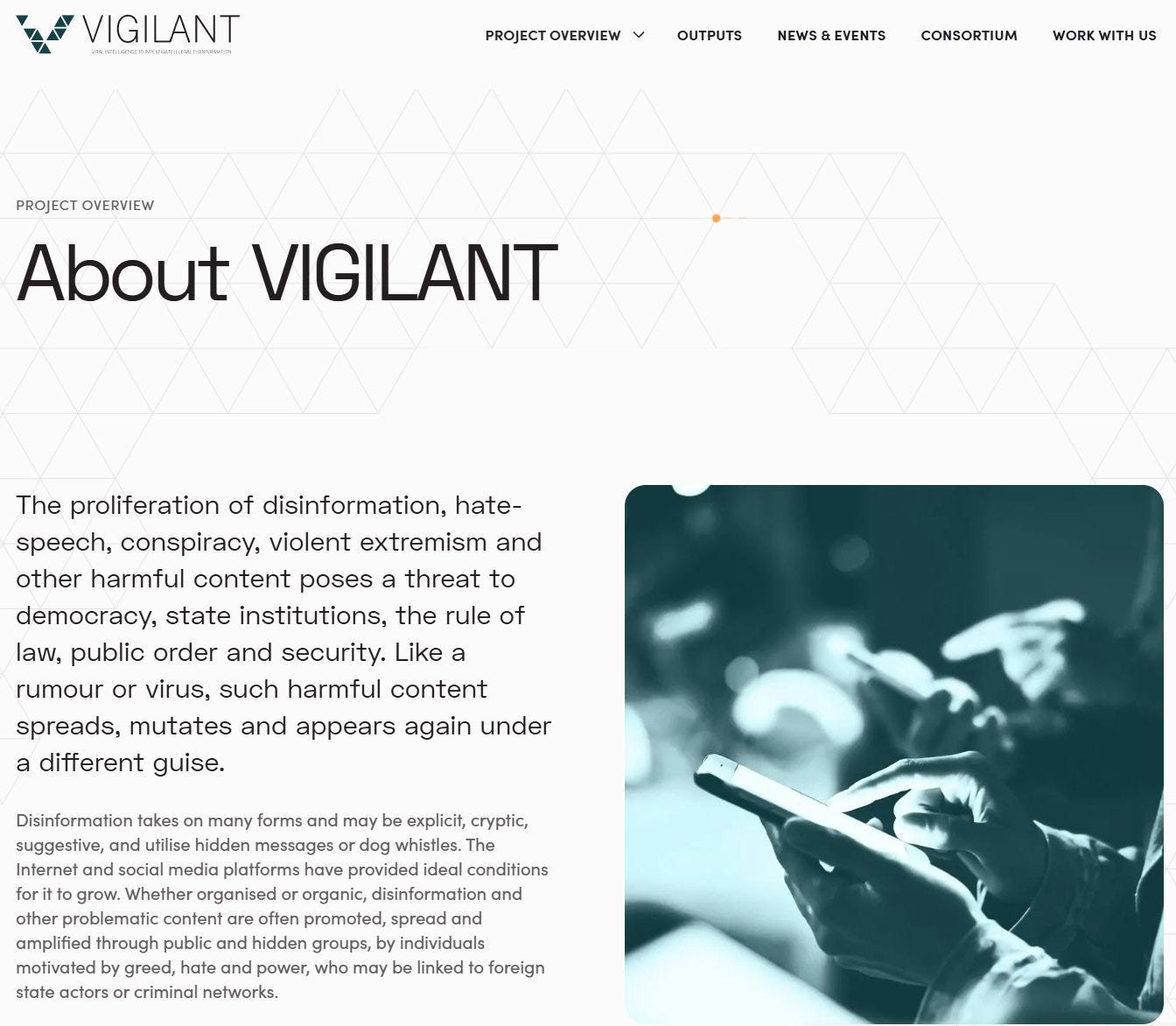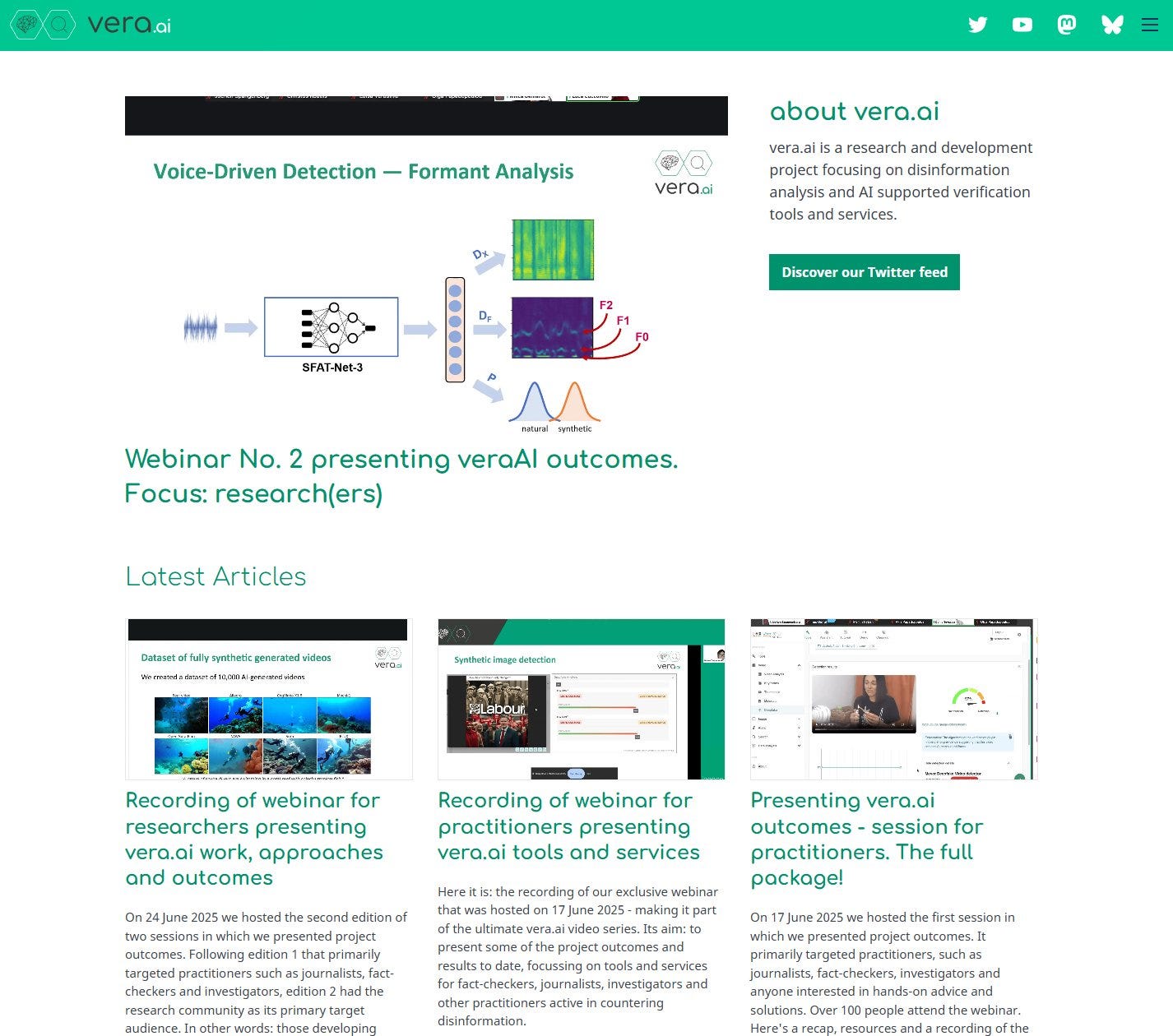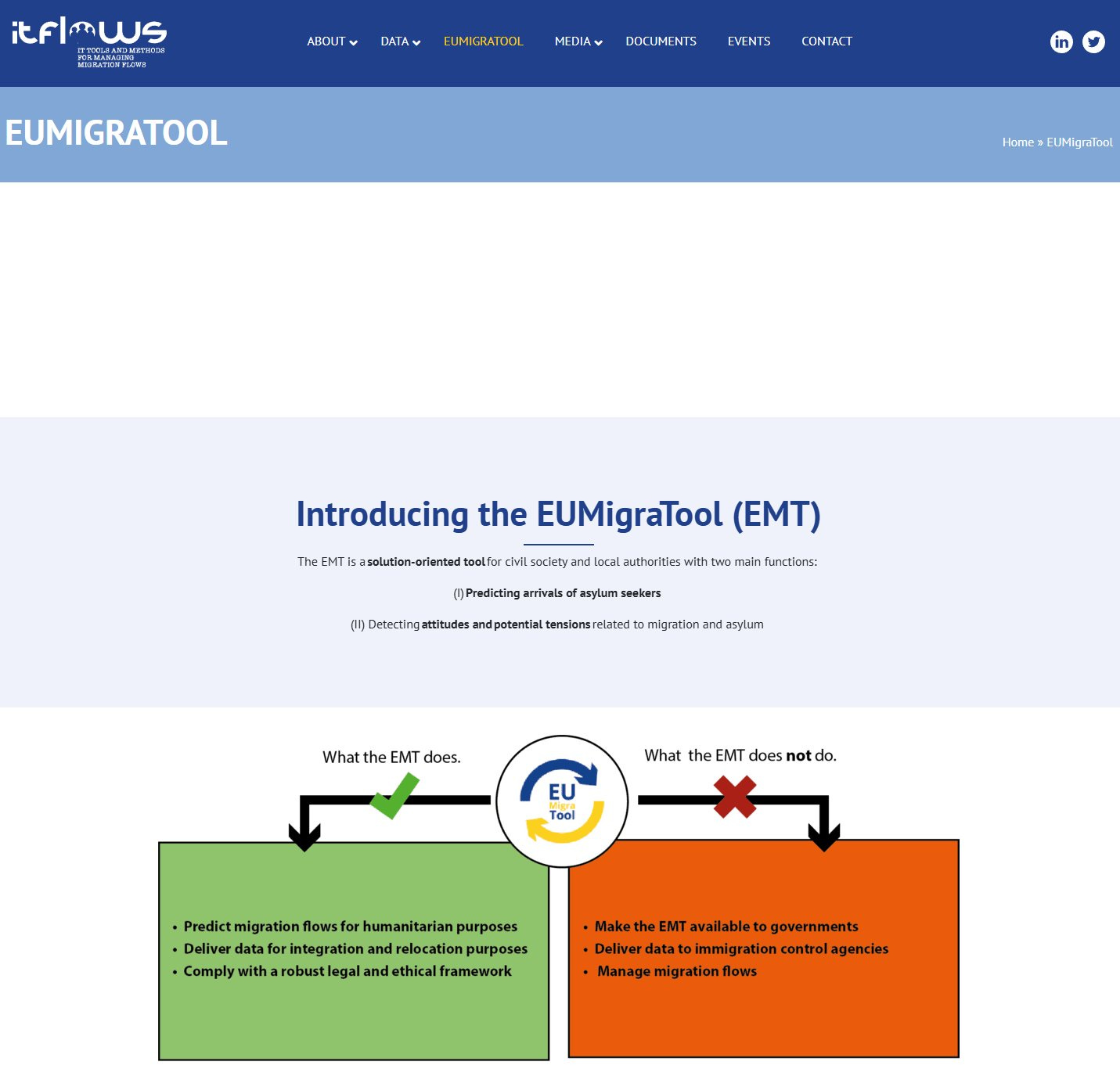Is the EU Quietly Building an AI-Driven Security State?
In recent years, the European Union has positioned itself as a global leader in digital regulation, championing the fight against “disinformation” and “hate speech.” But beneath the surface of these well-funded campaigns lies a sprawling, rapidly expanding infrastructure of surveillance, narrative management, and algorithmic control. This raises pressing questions about the future of democracy and civil liberties in Europe.
The Rise of FAST LISA and the Ministry of Narrative Control
At the heart of the EU’s push is the FAST LISA project, short for Fighting hAte Speech Through a Legal, ICT and Sociolinguistic Approach. On paper, it is a cross-border initiative to tackle online hate speech using AI-powered tools, legal frameworks, and sociolinguistic analysis. In practice, critics argue, it is the digital vanguard of a new Ministry for Narrative Control.
FAST LISA’s dashboard scrapes and analyses social media content, classifying posts based on legal and linguistic criteria. Young people are trained as “agents” of the EU’s preferred narrative, effectively deputized as a new speech police. The project’s stated aim is to build “capacity” and “digital literacy,” but the subtext is clear: shape what can be said, and who gets to say it.
And FAST LISA is just the beginning.
VIGILANT, VERA.AI, and the Automation of Censorship
FAST LISA is joined by a growing roster of high-tech projects.
VIGILANT: A Horizon Europe initiative, VIGILANT is building an integrated AI platform for police to track and investigate online disinformation and hate speech across all major social media. The project blurs the line between criminal investigation and ideological policing, empowering authorities to monitor, analyse, and act on “problematic” narratives, including those linked to political dissent.
VERA.AI: This project arms media professionals with AI-driven verification tools, centralizing the power to determine truth and falsehood in the hands of automated systems. Human fact-checkers are relegated to a secondary role as algorithms become the new arbiters of reality.
Meanwhile, the EU’s media funding, nearly €80 million a year, creates a semi-structural relationship with major outlets. Editorial independence is quietly eroded as pro-EU narratives are promoted and critical voices are sidelined.
Beyond Narrative: AI in Policing, Borders, and Public Life
The EU’s appetite for AI does not stop at narrative control. A wave of ambitious projects is transforming law enforcement, border management, and public safety.
STARLIGHT: This project equips European police with advanced AI for investigations and cybersecurity. But who decides what data is fed into these systems, and how transparent are the algorithms shaping criminal justice?
pop AI: It claims to build public trust in AI for security. Is this genuine engagement, or just manufacturing consent for ever-expanding surveillance tools?
SPATIAL: This initiative develops “trustworthy” AI security tools, but with privacy-preserving black-box algorithms, can citizens really scrutinize or challenge machine-made decisions?
Sec4AI4Sec: This project embeds AI in critical infrastructure, from 5G to aviation. As these systems become ubiquitous, who holds the keys, and who is watching the watchers?
EUMigraTool (ITFLOWS): This tool uses AI to forecast migration and assess public sentiment. Is this smart planning, or does it risk turning migration into a security threat, fueling suspicion and automated profiling at Europe’s borders?
Across agencies like eu-LISA, Europol, and Frontex, AI is already being used for algorithmic profiling of travellers, biometric matching, facial recognition, digital visa chatbots, and even automated dialect recognition for asylum seekers.
The Quiet Construction of a Digital Fortress
With so many powerful systems operating quietly behind the scenes, public oversight is often minimal. The EU’s legitimacy, critics argue, now depends on policing language and manufacturing moral panics about “disinformation.” The very tools designed to protect democracy may be quietly constructing a digital fortress where surveillance trumps liberty, dissent is pathologized, and the boundaries of debate are drawn by unaccountable algorithms and bureaucrats.
The Hard Question
If the power to define “truth” and police public debate is handed to unaccountable officials and AI systems, who will protect democracy from those who claim to defend it?
As the EU races to embed AI in every corner of its security apparatus, the line between safety and control grows ever blurrier. In this new digital order, who will protect our rights when the system itself becomes the gatekeeper?
What do you think? Is the EU’s AI revolution a necessary defence against new threats, or a slippery slope toward centralized control? Leave your thoughts in the comments below.
FAST LISA
Official Website: https://fastlisa.eu
Council of Europe summary: https://www.coe.int/en/web/interculturalcities/-/european-project-fast-lisa-active-participation-of-young-people-in-the-fight-against-hate-speech
Project partner (Tree Agency): https://treeagency.eu/project/fast-lisa/
Resources and outputs: https://fastlisa.eu/resources/
VIGILANT
Project summary (see report for context):
Referenced as "Vital IntelliGence to Investigate ILlegAl DisiNformaTion," a Horizon Europe project for AI-powered law enforcement tools targeting hate speech and disinformation.
For more on EU security funding calls: EU Funding Info
VERA.AI
Project summary (see report for context):
"VERification Assisted by Artificial Intelligence," focused on AI tools for media verification and fact-checking.
For more on the EU’s AI verification priorities, see the same funding and report links above.
Additional References
Critical report:
"Manufacturing Misinformation: the EU-funded propaganda war against free speech" by Dr. Norman Lewis, MCC Brussels.
EU Funding Calls and Policy Context:
















